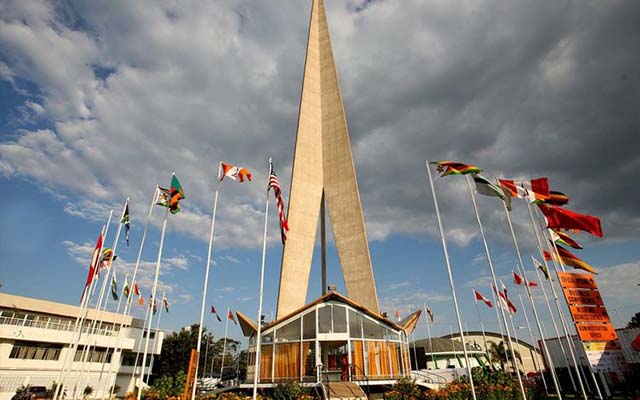Global tourism arrivals grew 1,2m in 2016
According to the latest UNWTO World Tourism Barometer at least 46 million more tourists (overnight visitors) travelled internationally last year compared to 2015.
The report says 2016 was the seventh consecutive year of sustained growth following the 2009 global economic and financial crisis and a comparable sequence of uninterrupted solid growth has not been recorded since the 1960s.
“As a result, 300 million more international tourists travelled the world in 2016 as compared to the pre-crisis record in 2008.”
UNWTO Secretary-General Taleb Rifai said tourism has shown extraordinary strength and resilience in recent years, despite many challenges, particularly those related to safety and security while international travel continues to grow strongly and contribute to job creation and the well-being of communities around the world.
By region, Asia and the Pacific at 8 percent led growth in international tourist arrivals in 2016, fuelled by strong demand from both intra — and interregional source markets.
Africa recorded 8 percent, enjoying a strong rebound after two weaker years. The America’s were at 4 percent while Europe 2 percent.
Demand in the Middle East at -4 percent was also uneven, with positive results in some destinations, but declines in others.
Recalling that 2017 has been designated by the United Nations the International Year of Sustainable Tourism for Development, Mr Rifai said , “we need to work closer together to harness the contribution of tourism to economic growth, social inclusion, cultural and environmental preservation and mutual understanding, particularly when we live in times with such a deficit of respect and tolerance”.
Looking into 2017, Mr Rifai said latest survey of UNWTO’s Panel of Experts shows continued confidence in 2017, with the large majority (63 percent) of the some 300 respondents expecting “better” or “much better” results than in 2016.
“Based on current trends, the outlook of the UNWTO Panel of Experts and economic prospects, UNWTO projects international tourist arrivals worldwide to grow at a rate of 3 percent to 4 percent in 2017.”
Europe is expected to grow at 2 percent to 3 percent, Asia and the Pacific and Africa both at 5 percent to 6 percent, the Americas at 4 percent to 5 percent and the Middle East at 2 percent to 5 percent, given the higher volatility in the region. — Wires.








Comments